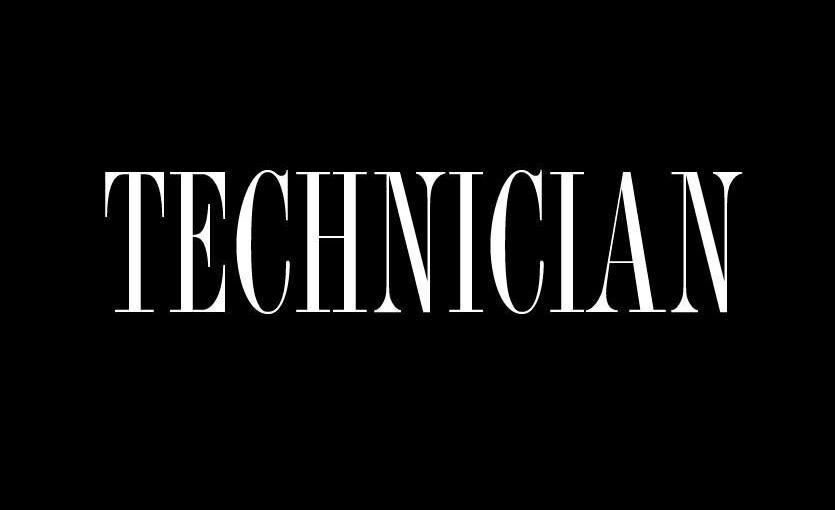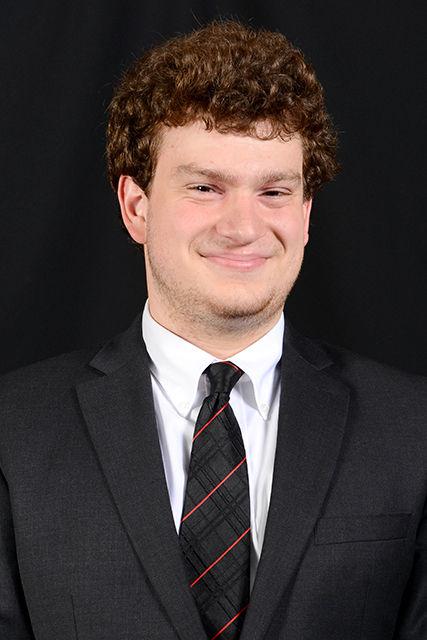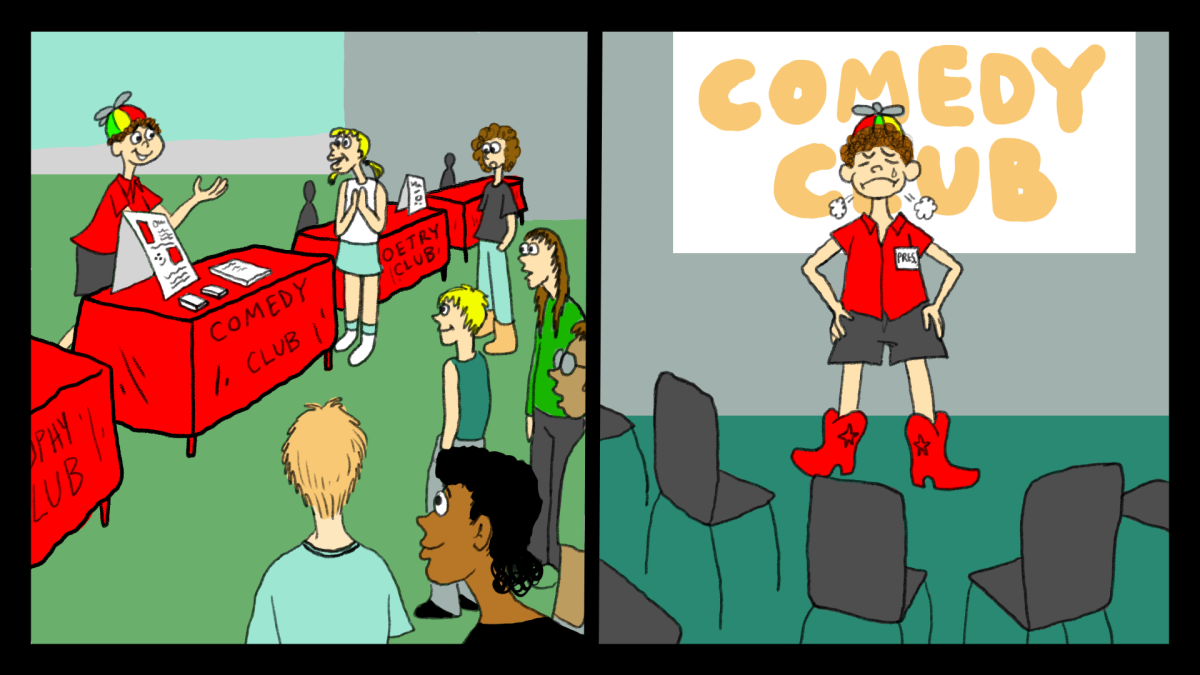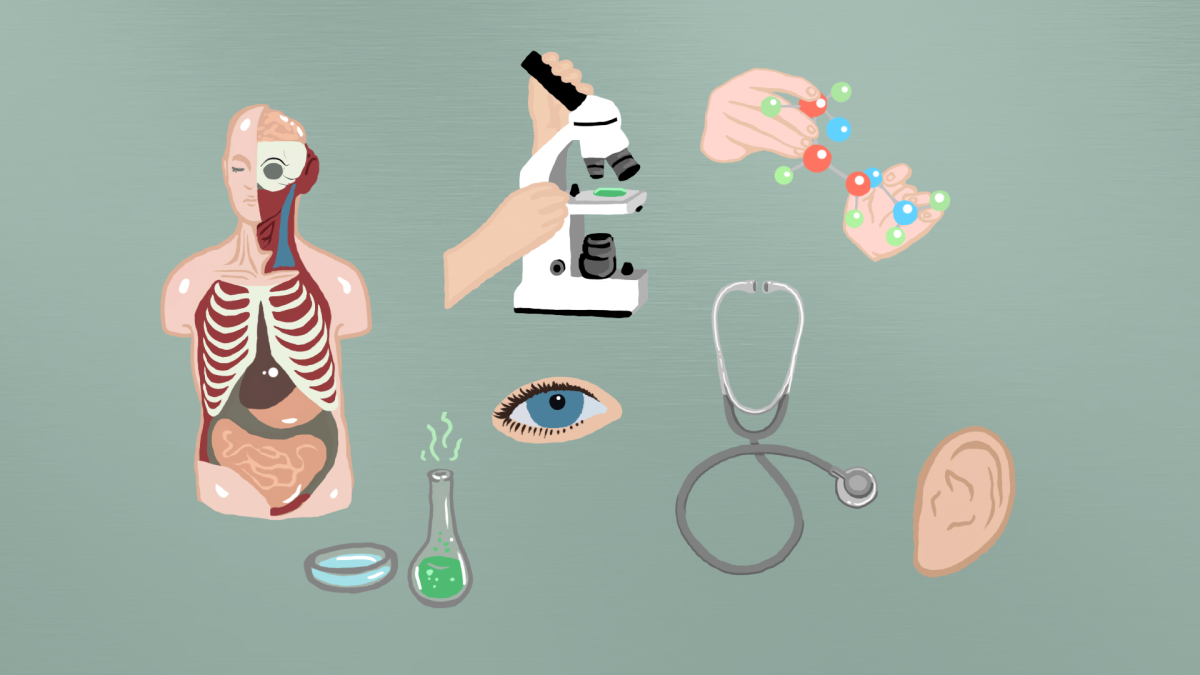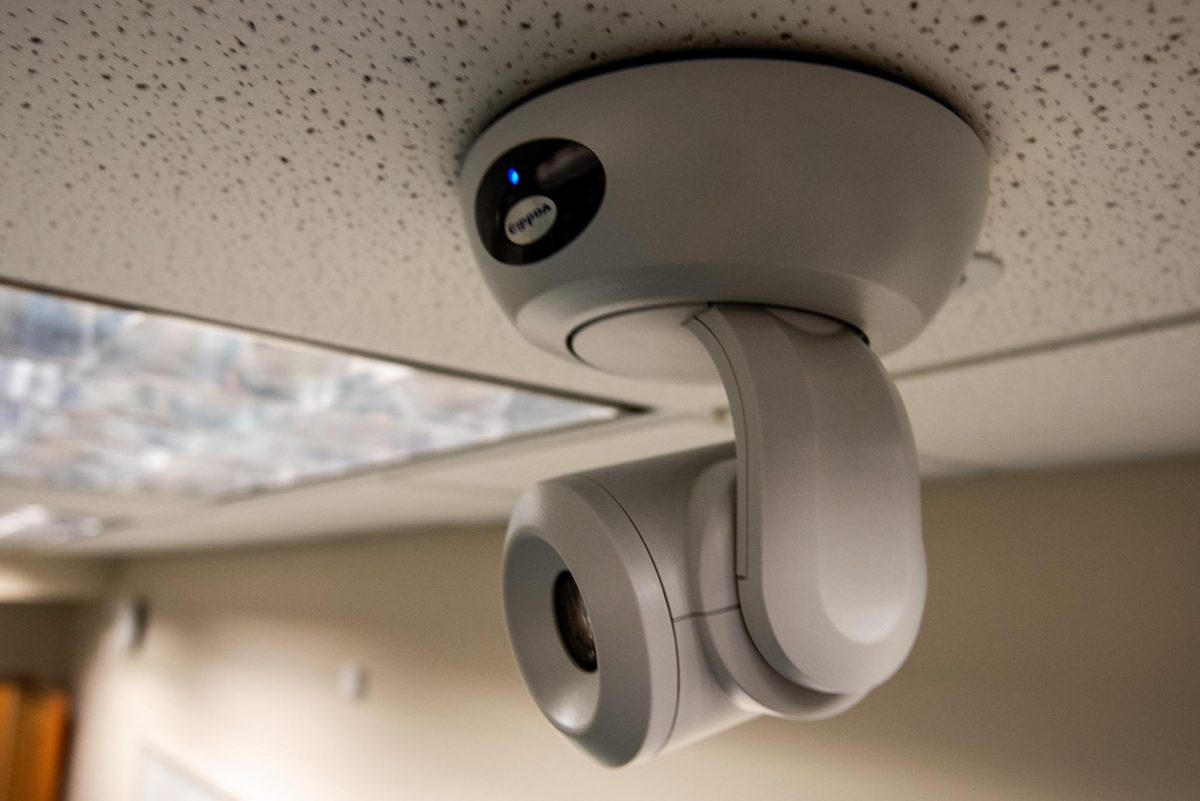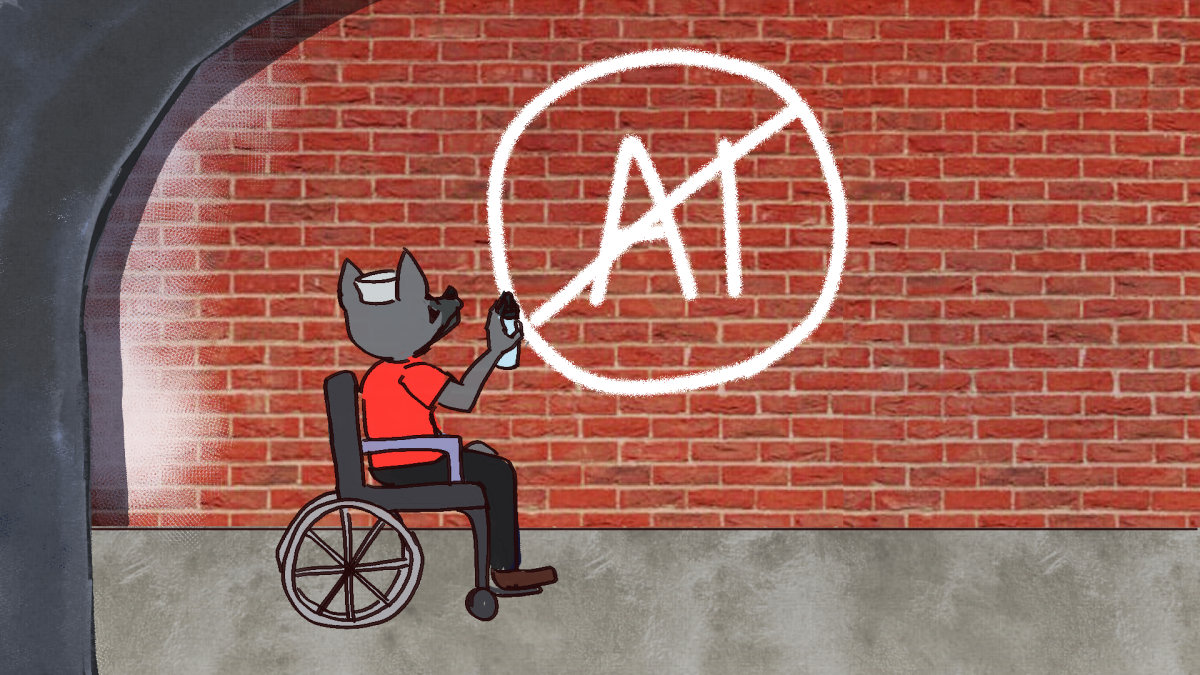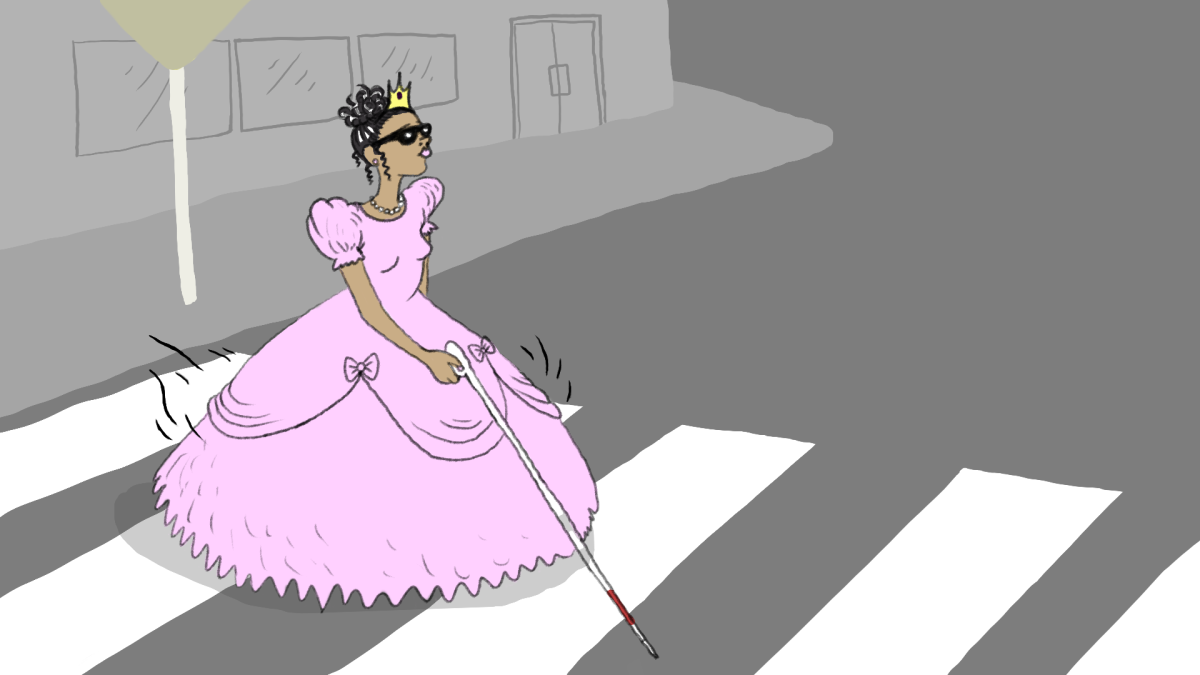If I had a dollar for every time one of my peers said, “After I work in industry for a while, I think I want to go into teaching,” I would be a very rich man. This seemingly benign statement has a couple of startling implications.
Firstly, the desire to first go into an industrial then educational profession creates an ontological distinction between productive and reproductive modes of labor. Productive labor creates and distributes goods and services while reproductive labor works to perpetuate and support the former.
For example, doctors use their knowledge of medicine to both treat patients in a clinical setting and discover new physiological phenomena. But who provided the doctors with the knowledge in the first place? Medical schools of course. We see the two modes of labor coexisting in the academic environment; tenure track professors generally focus on research while adjuncts more often are relegated to instructional duties.
However, who wins the awards? Who garners the highest wages? Society clearly demonstrates its bias toward productive labor, thereby undermining the relevance of reproductive labor. But reader, I bet that you can recall a great teacher who impacted your life in a significant manner. They challenged your preconceived notions, pushed your intellectual boundaries and helped you realize your full potential. I sure can.
Consequently, by creating a distinction between these two forms of labor, we have encouraged specialization, decreased integration and increased alienation. Rather than having accomplished individuals articulate their discoveries to younger members within the field — as is the objective of apprenticeships — we have created two isolated roles: the doers and the teachers.
George Bernard Shaw once said, “He who can, does; he who cannot, teaches.” Many students in the university system have experienced this. The distinguished professor with countless awards and a 10-page-long CV does a guest lecture where he reads off of the power point while the junior post-doc with little more than a Ph.D. to his name elegantly explains quantum mechanics. Yes, there are exceptions, as with any phenomenon. But the lack of integration between pedagogy and discovery is undeniable.
So what can we do to resolve this problem? Firstly, we must raise the social significance of the educational profession. People make economic choices when they consider career paths; when it’s extremely difficult to earn a living, people will be less likely to choose that course. Or, people might only decide to choose that course if they have the financial liberty to do so; that is to say, they might be more willing to become teachers after earning oodles of money in a previous job. Finland does exactly this — teaching jobs are competitive and their salaries compare with other lucrative careers.
But more than just raising pay, the best and the brightest ought to develop their abilities to convey, explain and contextualize information. This in turn will help resolve other problems with transparency, such as the ivory tower of science. Hand in hand, together we can all realize a more ideal future with dignity and communication.

